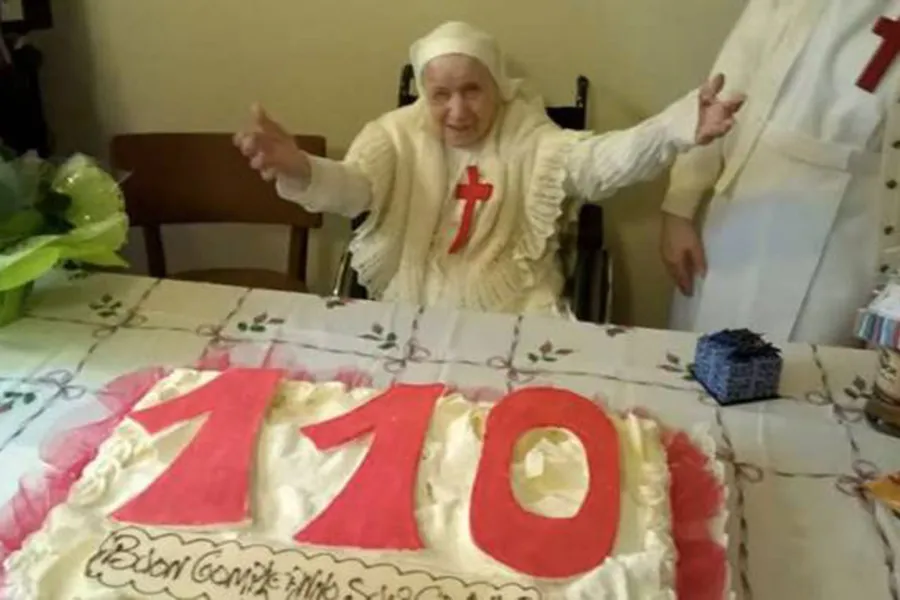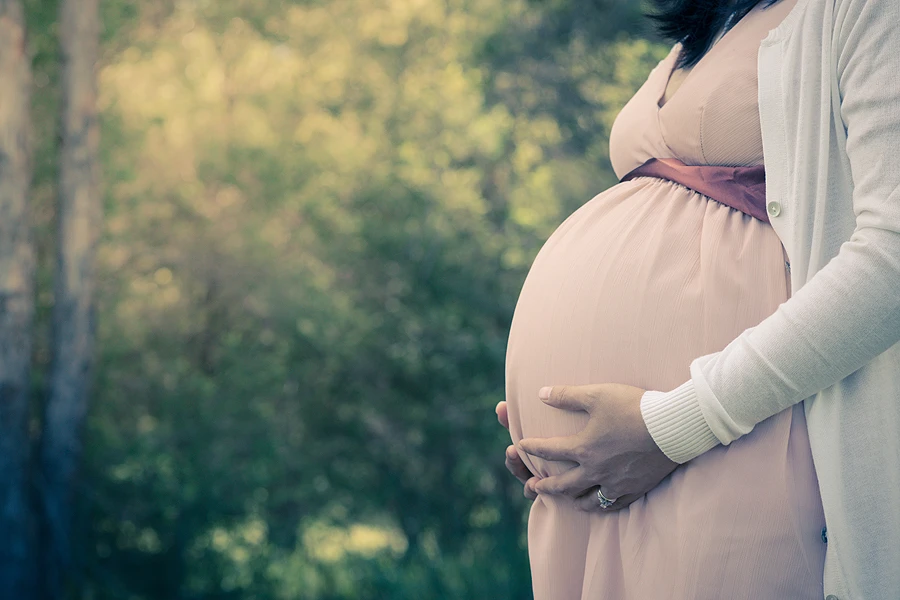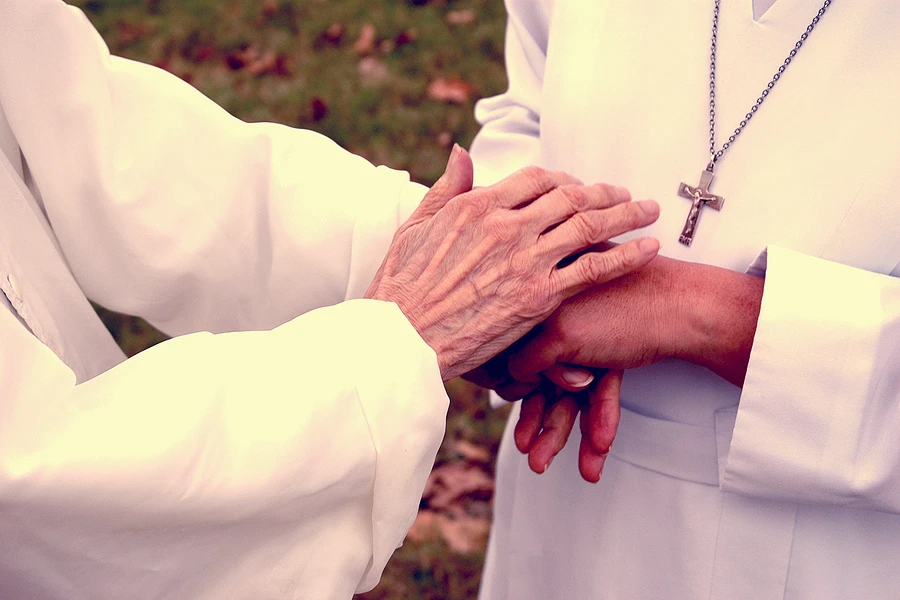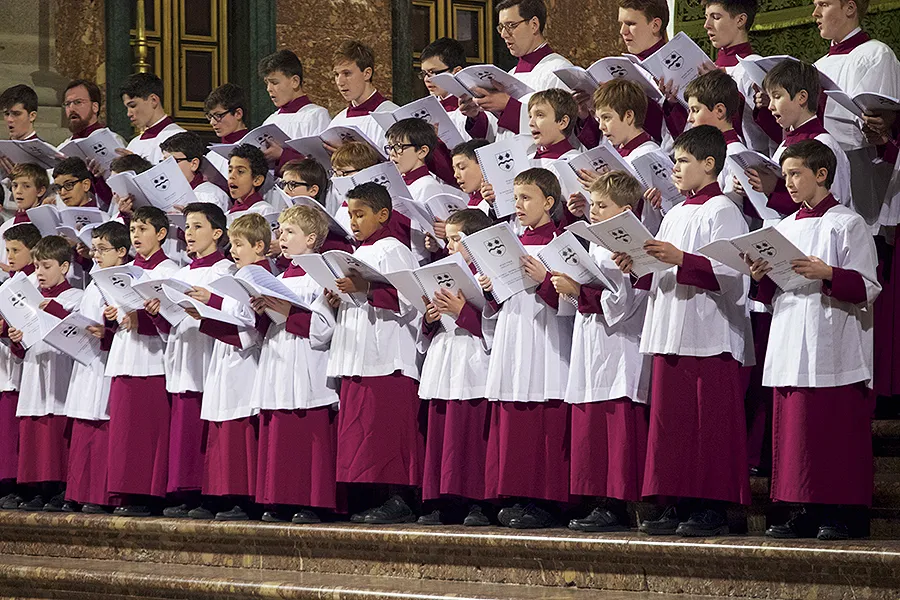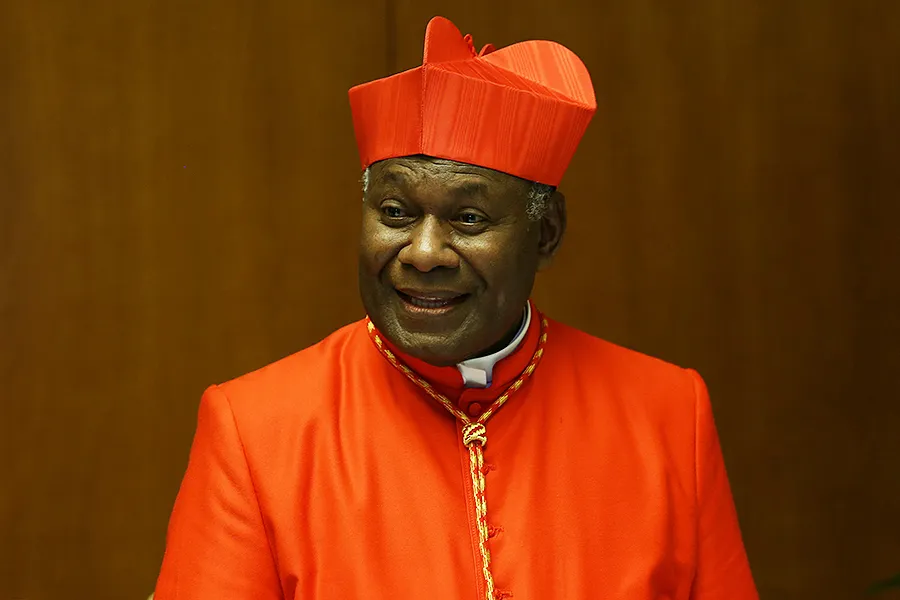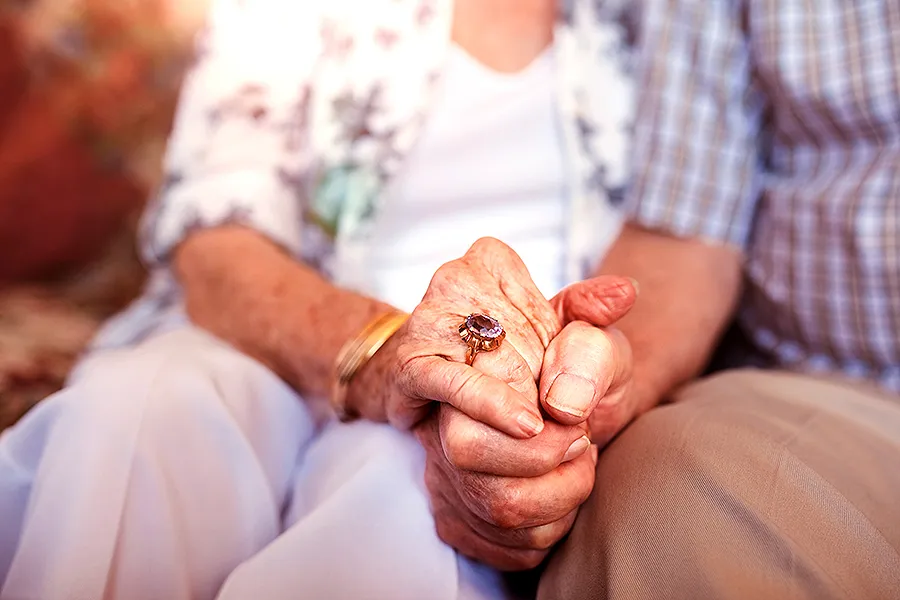
Rome, Italy, Feb 17, 2017 / 06:01 am (CNA/EWTN News).- The Catholic Church puts a lot of effort into having excellent schools and hospitals, but what about its orphanages? For Caroline Boudreaux, conditions in orphanages are too often overlooked – something we all have the ability and opportunity to help change.
The Miracle Foundation, founded by Boudreaux, is a nonprofit which operates on the principle that orphaned children have the same fundamental rights as every other child, and that we help them the most when we help and support the institutions they live in.
One way the organization does this is through teaching those who run orphanages the “best practices” for facilitating the mental, physical, and spiritual well-being of the children in their care.
“The idea is to get a model in every single Catholic orphanage around the world. To give every single Catholic orphanage the support that we would be giving our churches and our schools and our hospitals. That’s what I’m trying to do,” Boudreaux told CNA.
Compared to most of our Catholic hospitals and schools, the conditions in orphanages around the world, even those run by religious orders, are appalling, she explained.
We’ve left the religious sisters running these institutions “out to dry: We leave them with not enough resources, overcrowded orphanages, underfunded…”
But Boudreaux is optimistic that this is something people can change.
“I want to stop short of saying we should be ashamed, but you have a Catholic school or you have a Catholic hospital and you know that they’re going to be pretty excellent … and you can’t say that for our orphanages,” she said.
Part of the Miracle Foundation’s method is also based on the belief that, if possible, it is always best for a child to be in a family setting, so they strive to facilitate this as much as possible.
“Growing up without your family is a tough, tough, tough way to grow up,” Boudreaux said. “It scars more than just your stomach and your mind, it scars your heart, which is really the tough part.”
“We help orphanages reunite children with their families, we help orphanages put children in the adoption stream, and for the children that have to be there, until they have a family, we make the standards solid, so that they can thrive in real time.”
Boudreaux was first inspired with the idea for the Miracle Foundation after she went to India with a friend and witnessed the poor living conditions of orphanages there. The place was “like a concentration camp for kids,” she said, “very gray, very dark.”
The beds were wooden slats with no mattresses and the children, “bald and filthy,” were starved for attention. “I just decided somebody better help them, somebody needs to step in here, and that was it – that was the beginning – almost 17 years ago on Mother’s Day,” she said.
Inspired by the 1989 United Nations Convention on the Rights of the Child, the Miracle Foundation created its own list of 12 Fundamental Rights of a Child, focusing specifically on the rights of orphaned children, such as the right to a “stable, loving and nurturing environment.”
In addition to practical issues, such as proper nutrition, clean water, electricity and a clean environment, the Miracle Foundation trains caregivers in the areas they can improve themselves, and for others, helps them to bring in qualified experts, like counselors and doctors.
The children in these institutions are often suffering from grief, trauma, or other psychological issues, Boudreaux said, but the religious sisters who watch over them aren’t prepared to deal with the significant psychological problems they have, let alone “watch them go to bed hungry every night” because of the lack of resources.
The Miracle Foundation isn’t a religious organization and will serve anyone in need of help, she said, but they’ve also found that working with specific religious orders who run multiple orphanages throughout a country, or around the world, is one way to make a large impact and quickly.
The Miracle Foundation has been following their current model since 2011, and has experienced great success, with religious orders asking for their help in all of their institutions. For this, the organization’s principle to “train the trainer” has helped them reach even more children.
For the moment they are mostly based at orphanages in India, but are also helping some in Ethiopia, Sierra Leone, and Uganda.
Nivedita DasGupta, head of their operations in India, gave an overview of a typical day in one of the children’s homes in which they’ve helped implement these “best practices.”
In general, the goal is to make the environment as home- and family-like as possible.
For this reason, there is usually one “house mother” for about every 20 children, who drops them off and picks them up from the bus stop on their way to and from school, who eats dinner with them, and generally spends the day supervising them all.
The organization made it mandatory for a healthy snack to be served after school and for there to be a period of physical activity and playtime. They also implemented different monthly sessions for the children focused on life skills with topics appropriate for different ages, such as career counseling, goal-setting, how to deal with peer pressure, and responsible sexual behavior.
As a way for the kids to have a say in the community, they also have children’s committees (run with supervision by an adult, of course) that are responsible for things like planning meals and organizing sports.
One thing the Miracle Foundation does when they come in to an orphanage is to chart the health of the children, Boudreaux said, which they then train the house mothers to measure and record monthly, so that they have real knowledge about the health of the children and their progress on growth charts.
“We help orphans reach their full potential, that’s what we’re all about,” she said.
A Catholic, Boudreaux said she grew up hearing about the importance of being pro-life, but that after going to these orphanages and seeing the children, you realize that maybe we’ve “succeeded” in one way, so-to-speak, but are failing in another.
These children have all been born, but, she said, you have to ask: “Now what? Now they’re just going to be hungry? We’ve got to step up here.”
“We have an opportunity,” she said. “This is something right here, right now!”
Boudreaux explained that this isn’t something we have to go looking for: It’s easy “because they’re right there, and our nuns are right there, waiting for our help, ready to accept our help.”
“We’re not pro-orphanage, we’re not pro-institution,” she said. “We wish that every child in the world had a family.”
“But the real question is, what happens if we’re not there?”
“Between now and when they can find a family, we must support children, we must support them,” she said.
Elise Harris contributed to this article.
 […]
[…]

